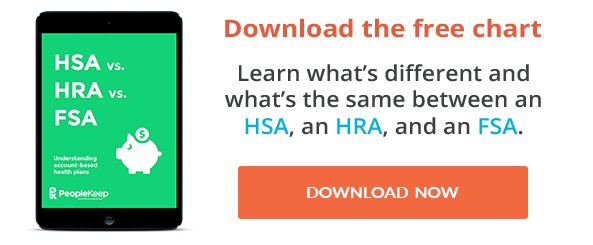Search With rising healthcare costs, small employers for alternative ways their spending, while mitigating the staff provide an estimated health benefits. Consumer-Driven Health Plans (CDHPs) have an increasingly popular way for employers to fulfill these two tasks. CDHPs have on the rise, with more than $ 23800000000 accounts distributed to 11.8 million, according to the 2013 EBRI / Greenwald & Associates consumer engagement in health survey (CEHCS).
While CDHPs are a popular cost-reducing strategy for employers, they are becoming increasingly popular among the staff as well. According to a recent report by the Employee Benefit Research Institute, the satisfaction rate of CDHP enrollees is gradually increasing, while the satisfaction rate of traditional health declined enrollee.
There are increasing satisfaction among CDHP Enrollees
CDHPs come in a variety of forms, including health savings accounts (HSAs) or Integrated Health reimbursement arrangements (HRAs). Since CDHPs typically a high deductible plan with a spending bill for the out-of-pocket costs, this type of strategy take paired requires employees to make informed decisions about their health care.
Although this type of arrangement may seem for the employees as more work, found an earlier study by the Employee Benefit Research Institute, the participants of CDHPs are healthier, better educated and tend to have a higher income on average to have.
, the recent study by the Employee Benefit Research Institute has found that overall satisfaction increased rates for CDHP enrollees from 37 percent to 52 percent between 06 and 09. after satisfaction declined in 09 and 2010, was the rate of 43 percent to 48 percent from 2010 to 2013
Other trends among CDHP Enrollees included .:
-
Approximately two-thirds (67 percent) were very or extremely with the quality of care get satisfied
-
Only 31 percent of CDHP enrollees were extremely or very satisfied with out-of-pocket costs, but tends the satisfaction rate of recent years upwards.
-
Two-thirds of enrollees were satisfied with the access to doctors and were extremely or very satisfied with their ability to doctors appointment to get their plan.
-
Nearly half (45 percent) of enrollees would be extremely or very likely to recommend their health plan to a friend.
-
More than half (52 percent) of enrollees would be extremely or very likely to stay with their current health plan, even if they had the opportunity to stay. This figure is four percent of enrollees in 2012.

Chart: EBRI
Satisfaction rates for traditional plan enrollees fall
Very few traditional plan enrollees were dissatisfied with their health plan; the share but these enrollees that are extremely or very satisfied fall in the last few years. Fifty eight percent of traditional plan enrollees were included enrollees very or extremely satisfied with their plans in 2013, down four points from 2012. Other trends in the traditional plan:
-
The satisfaction rate obtained for the quality of health care fell from 72 percent to 68 percent of participants who were extremely or very satisfied
- left
the satisfaction rate by five percentage points for enrollees fall, with choice of doctors extremely or very satisfied with 71 percent
-
the satisfaction rate of 52 percent dropped to 49 percent for enrollees that their health plan would likely result in a friend
-
the satisfaction rate fell from 63 percent to 58 percent for participants who would likely stay with their current health plan, if given the opportunity to change
Read the full report here



0 Komentar